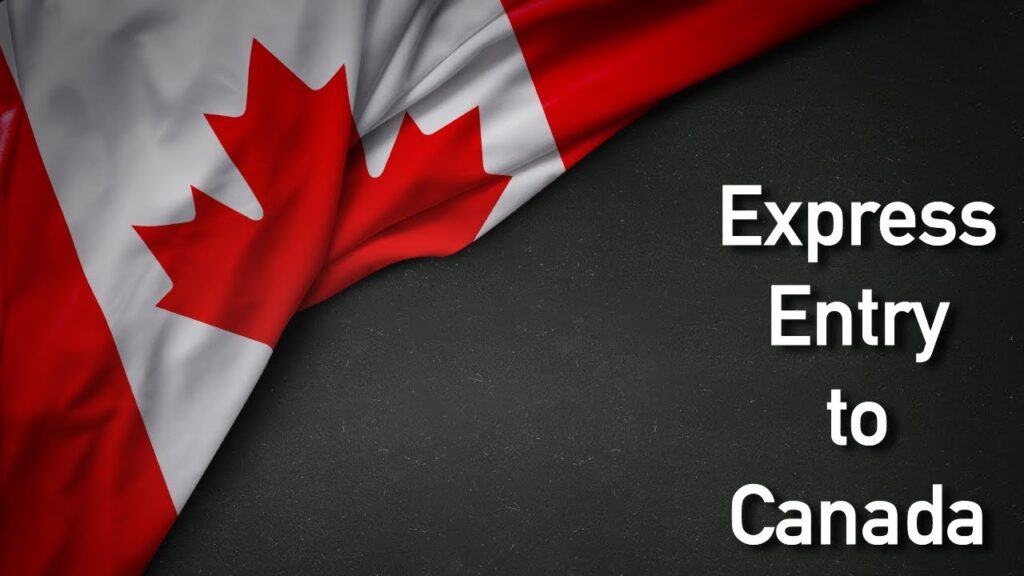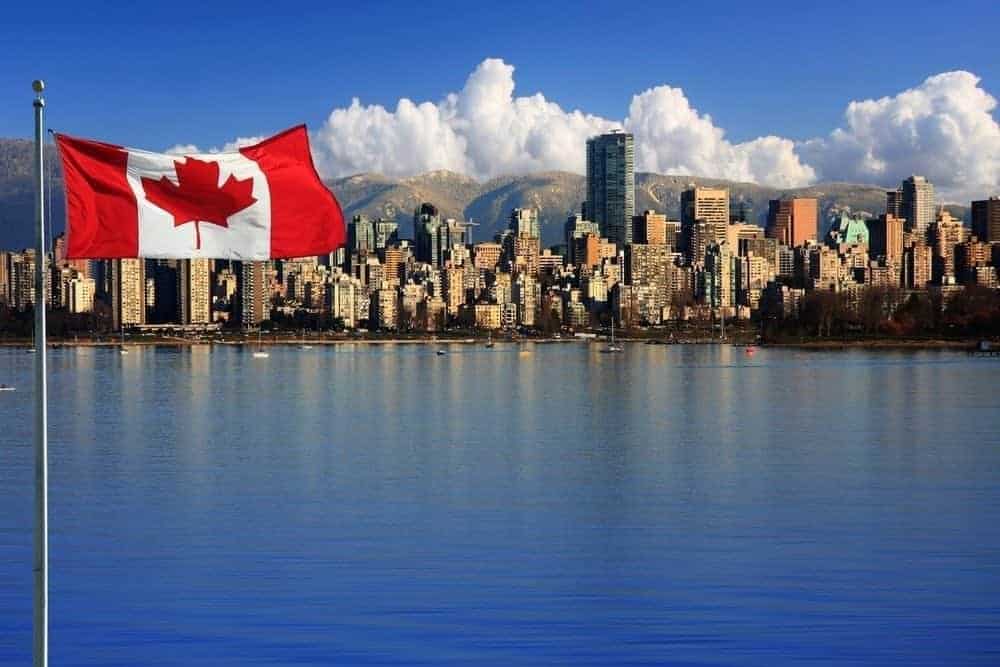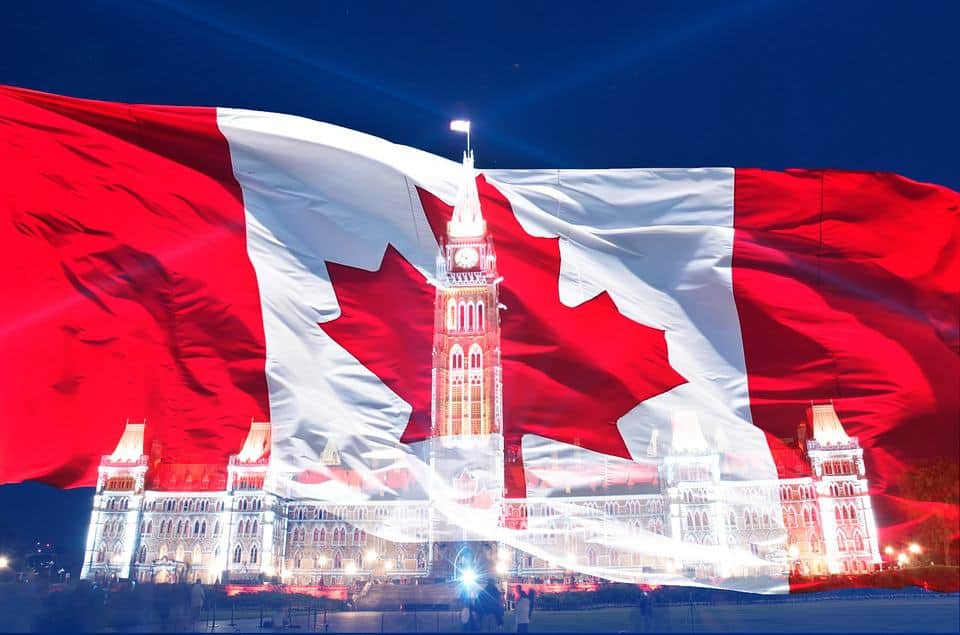New portal permits employers to have direct access to potential applicants already in Québec or abroad and to benefit from personalized help offered by an immigration advisor.
A new feature of the Employer Portal permits businesses to recruit migrant employment candidates in Quebec and abroad utilizing information from the Arrima system.
Quebec’s Minister of Immigration, Francization and Integration, Nadine Girault, made the declaration on November 5.
It was also on that date that the new usefulness of the Employer Portal, a service provided by the Quebec Ministry of Immigration, was made available to businesses.
Drawn to facilitate the choice of the individuals who best complete current labour market needs in the province, the new feature will permit businesses to go legitimately to the ministry’s website,consult the profiles of immigration applicants, offer them employment and assist to start the immigration process.
Organizations registered in the Registraire des Entreprises Québec (Enterprise Register) will have the option to select migrants or individuals from ethnocultural minorities set up in Quebec, international students who have graduated from Quebec with a post-graduate work permit, or provisional or permanent workers from overseas.

“By making profiles of immigration applicants available to organizations, they can more rapidly identify the individuals who best complete their labour needs,” the Ministry of Immigration, Francization and Integration (MIFI) wrote in an email to CIC NEWS.
“The navigation in the Portal is ergonomic and permits the organization to see results that are shown in real-time when it chooses its different find standard.Besides, the interface permits clients to save and download their find results and identify their favourites so they can rapidly contact them.”
When there is a match among employers and immigration applicants, organizations will also have the option to take advantage of personalized assistance service to assist them select the correct immigration program and go through the different steps included. This personalized help program is provided by the department’s territorial immigration and international recruitment consultants and is available in all administrative areas of Quebec.
The Employers’ Portal is a free service that has been operating since June 27, 2019. “Since that time, an organization can get personalized and local help by a Ministry consultant to get to the Employers’ Portal. The new form of the Employers’ Portal, which incorporates an interface permitting organizations to find freely, has been open since November 5, 2020,” the MIFI said.
To get to the employers’ portal, organizations have to firstly make a profile in Arrima, Quebec’s online Expression of Interest, the management system,after which they will have the option to appeal for online help.When this application has been presented, organizations will get a personalized reaction from a Ministry counselor within five working days.Once this step has been finished and access obtained, organizations will have the option to lead free research, store the outcomes and contact applicants.
The MIFI wrote although the portal will make it feasible to more rapidly identify the individuals who best complete their work needs, it “won’t accelerate the immigration process under a provisional or permanent immigration program.
The included characteristic on the portal is basically an enrollment instrument drawn to address the province’s long-standing labour shortages and to make sure economic recovery post-COVID-19.
“Intensifying efforts to enroll international ability is a need for our government and is a vital part of a strong economic recovery,”said Minister Girault in a press release.
“With the launch of the Employers’ Portal online interface secured for businesses, as well as the resumption of international enrollment activities, the government is acting proactively.We are helping businesses more effectively and working in a more targeted manner.”
On October 29th, Girault presented the 2021 Quebec Immigration Plan before the National Assembly. Quebec intends to welcome up to 47,500 new migrants in 2021, to which will be added 7,000 migrants from an anticipated 2020 deficiency.The province won’t have the option to arrive at the immigration levels it has set for itself this year due to the effect of the Covid pandemic on immigration to Quebec.













